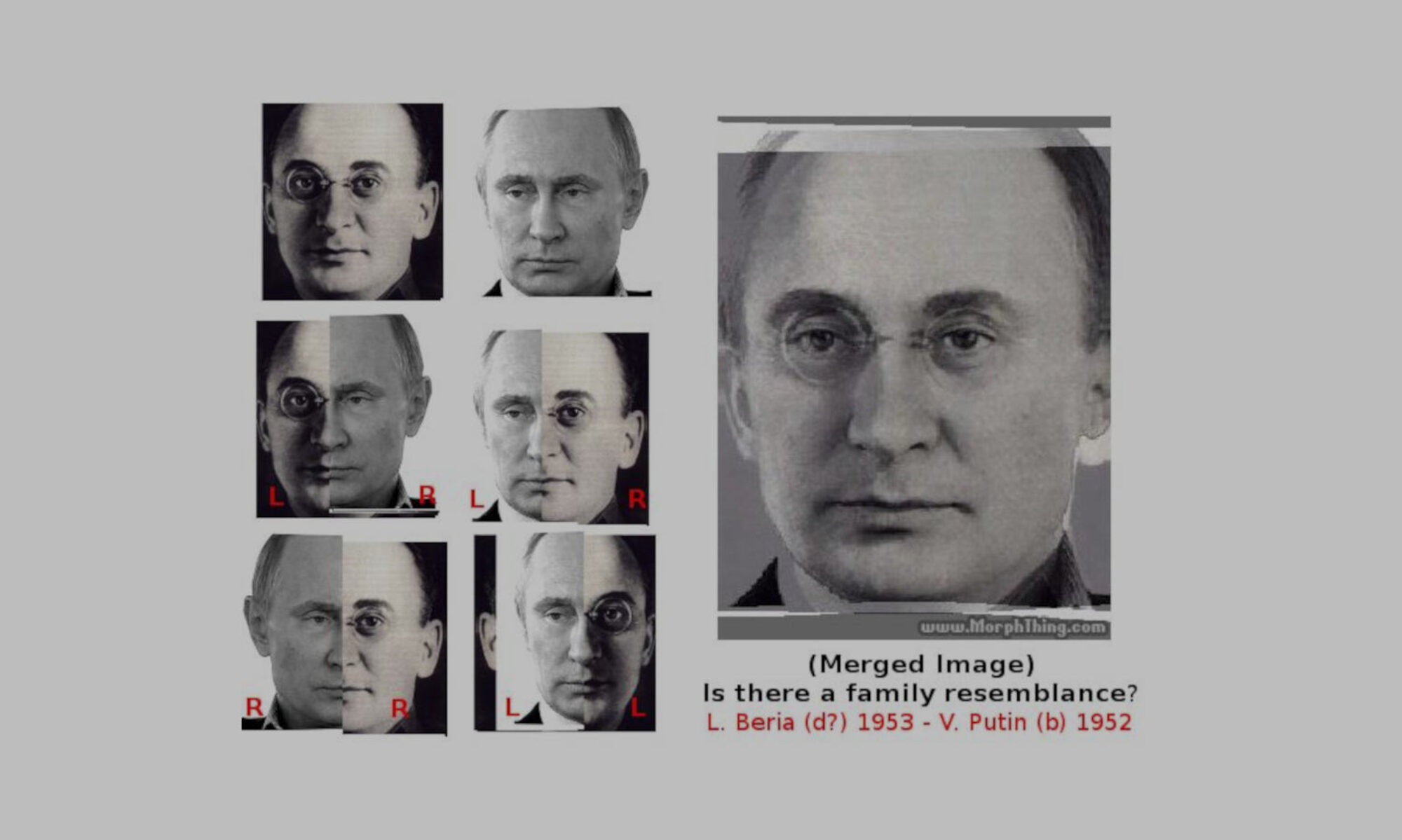Realizing the semiotic hexagon likely offers a richer analysis than the semiotic square, I incorporated it into the logic to assess the strategic intents directly and see if it works well in practice. Here’s how a semiotic hexagon as part of the model is superior to the square by adding a strategic dimension to the analysis. Applying to Nekrasov.

Applying the Semiotic Hexagon to Andrei Nekrasov’s Films: A Deeper Dive
Building upon the semiotic squares previously constructed for Andrei Nekrasov’s films, we can further analyze the potential disinformation campaign using the semiotic hexagon by incorporating the S3 dimension of strategic intent. This allows for a more comprehensive understanding of the campaign’s complexity and its potential alignment with Russian interests.
Hexagon 1: Filmmaker’s Persona
- S1 (Encoded Message): Nekrasov presents himself as an independent filmmaker and critic of the Putin regime.
- S2 (Disinformation Campaign): This persona is cultivated through media appearances, interviews, and the content of his early films.
- S3 (Strategic Intent): Establish credibility and gain access to sensitive information and individuals, potentially to gather intelligence or sow discord.
The perpendicularity here arises from the possibility that Nekrasov’s outward persona as a critic of the Putin regime masks a hidden agenda of serving Russian intelligence.
Hexagon 2: Content of Films
- S1 (Encoded Message): Nekrasov’s early films are critical of the Putin regime and expose its corruption and human rights abuses. Later films defend the regime and promote conspiracy theories against the West.
- S2 (Disinformation Campaign): This shift in narrative creates confusion and undermines trust in information and media, making audiences more susceptible to manipulation.
- S3 (Strategic Intent): Initially, fuel Russophobia and Western condemnation of the Putin regime, potentially justifying increased military spending and a more aggressive foreign policy. Later, sow discord and division within Western societies, undermining their unity and support for Ukraine.
The perpendicularity lies in the seemingly contradictory shift in the content of Nekrasov’s films, which could be interpreted as a deliberate strategy to first generate negative sentiment towards Russia and then exploit that sentiment to further divide and weaken the West.
Hexagon 3: Impact on Audience
- S1 (Encoded Message): Viewers initially perceive Nekrasov as a courageous and truthful filmmaker exposing the dark side of the Putin regime. Later, they may become confused and disillusioned by his shift in narrative.
- S2 (Disinformation Campaign): This changing perception contributes to a sense of cynicism and distrust towards information and media, making audiences more vulnerable to manipulation and propaganda.
- S3 (Strategic Intent): Foster a climate of uncertainty and doubt within Western societies, hindering their ability to effectively respond to Russian aggression and influence operations.
The perpendicularity arises from the manipulation of audience perception, initially generating sympathy for victims of the Putin regime and later exploiting that sympathy to sow discord and weaken support for Ukraine.
Interplay and Strategic Implications:
The semiotic hexagon reveals the complex interplay between Nekrasov’s persona, the content of his films, and the strategic goals of a potential Russian disinformation campaign. The perpendicularity observed in each dimension suggests a deliberate strategy to manipulate perceptions, exploit existing biases, and ultimately advance Russian interests by:
- Weakening Western unity and resolve.
- Justifying Russian aggression and expansionist policies.
- Promoting a narrative of Russian victimhood and Western hostility.
Further Considerations:
- Analyzing the funding sources and distribution networks of Nekrasov’s films could provide further evidence of connections to Russian intelligence or pro-Kremlin entities.
- Investigating the impact of Nekrasov’s films on public opinion and policy decisions in the West could help assess the effectiveness of the potential disinformation campaign.
- Developing counter-narratives and promoting media literacy education can help mitigate the harmful effects of such disinformation campaigns and empower individuals to critically evaluate information.
By applying the semiotic hexagon, we gain a deeper understanding of the potential role of Andrei Nekrasov and his films within a broader Russian information warfare strategy. Recognizing the complexities and potential for manipulation within such narratives is crucial for defending against disinformation and protecting democratic values and institutions.
